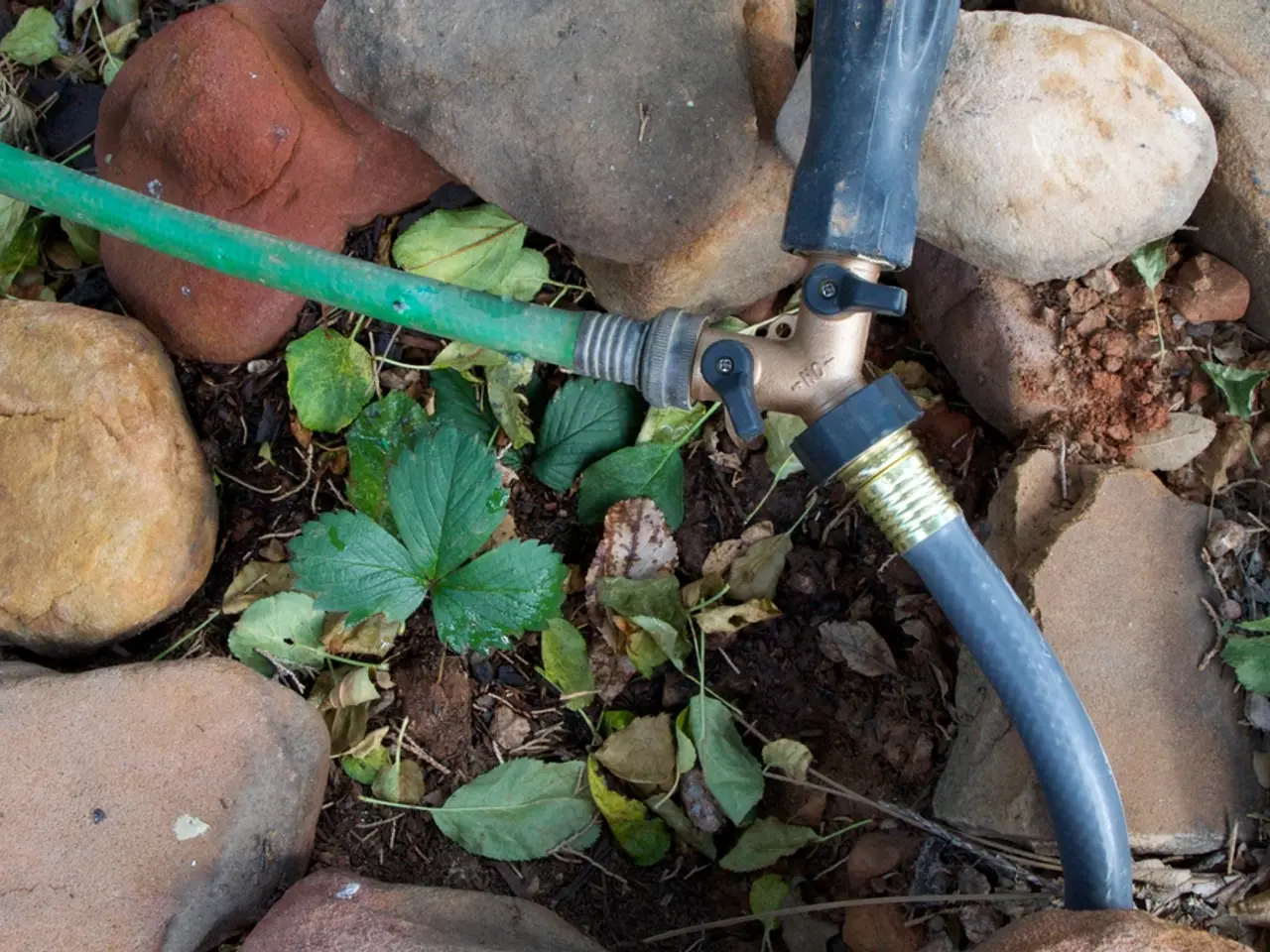Expanding mineral production critical initiatives necessitates action beyond executive orders.
In the heart of the United States, the Idaho National Laboratory (INL) is making significant strides in the extraction of critical materials, essential for the development of technologies like artificial intelligence, electric vehicles, and cloud storage. The lab's primary focus is on mining these materials in a manner that minimises environmental impact.
Currently, INL is collaborating with private industry partners, notably the U.S. Critical Materials Corp., through a Cooperative Research and Development Agreement (CRADA). This collaboration, extended for an additional two years as of February 2025, aims to develop innovative and environmentally responsible separation and processing technologies for rare earth and gallium minerals from carbonatite ore found primarily at the Sheep Creek deposit in Montana and Idaho.
The private industry partner is keen on deriving value from the ore body while minimising environmental damage and utilising next-generation technology. Bob Fox, a Directorate Fellow at Idaho National Labs, emphasises that INL's role is problem-solving, forming multidisciplinary teams to address challenges presented by industry and government.
The lab's separations technologies enable critical materials to go into manufacturing processes. INL works with both federal government agencies and private industry to help them with their separations needs for critical materials. The lab enjoys helping industry partners with their bottom line, while ensuring that the biosphere and ecosystem are protected.
The supply chain for these critical minerals is currently dominated by China, making the lab's work all the more crucial. The precariousness of the supply chain leaves technologies vulnerable to disruption when any country decides to use these materials for political goals.
INL's work is aimed at benefiting the biosphere and ecosystem, while minimising waste and environmental damage. The lab is working on developing technologies to make the mining, separation, and manufacturing processes better, faster, cheaper, and more environmentally friendly, consuming less resources.
An example of a CRADA project at INL involves a private industry partner with mining claims containing high concentrations of rare earths and other valuable materials, with a focus on minimising environmental damage. The frontier for INL is the development of next-generation mining practices that are sustainable, environmentally friendly, and minimise impact, as well as the creation of advanced separations and manufacturing technologies.
Idaho National Lab brings science and mining together by helping industry with their separations needs. The lab's work is a significant step towards ensuring a secure domestic mineral supply vital for the green economy and defense technologies, while maintaining a commitment to environmental responsibility.
- The federal workforce at the Idaho National Laboratory (INL) is working to reimagine the extraction of critical materials, a process essential for the development of various technologies.
- The reimagined workforce at INL is focusing on mining these materials in a manner that minimizes environmental impact, catering to the needs of industries like science, climate-change, finance, and environmental-science.
- In collaboration with private industry partners, such as the U.S. Critical Materials Corp., INL is developing innovative and environmentally responsible separation and processing technologies for rare earth and gallium minerals.
- The manufacturing industry stands to benefit from INL's work, as the critical materials extracted can be used in the production of technology-driven products like electric vehicles, artificial intelligence, and cloud storage.
- INL's role extends beyond research, as it forms multidisciplinary teams to address the challenges presented by industry and government, ensuring the protection of the environment and ecosystem.
- The home-and-garden, lifestyle, and sustainable-living sectors can also profit from INL's work, as the lab's advancements in separation technologies can contribute to the production of energy-efficient products.
- The lab's work is not only crucial for the development of the green economy but also for defense technologies, as China currently dominates the supply chain for these critical minerals.
- The future of INL's work lies in the development of next-generation mining practices that are sustainable, environmentally friendly, and minimize impact, as well as the creation of advanced separations and manufacturing technologies for data-and-cloud-computing, education-and-self-development, and learning, including lifelong learning.




